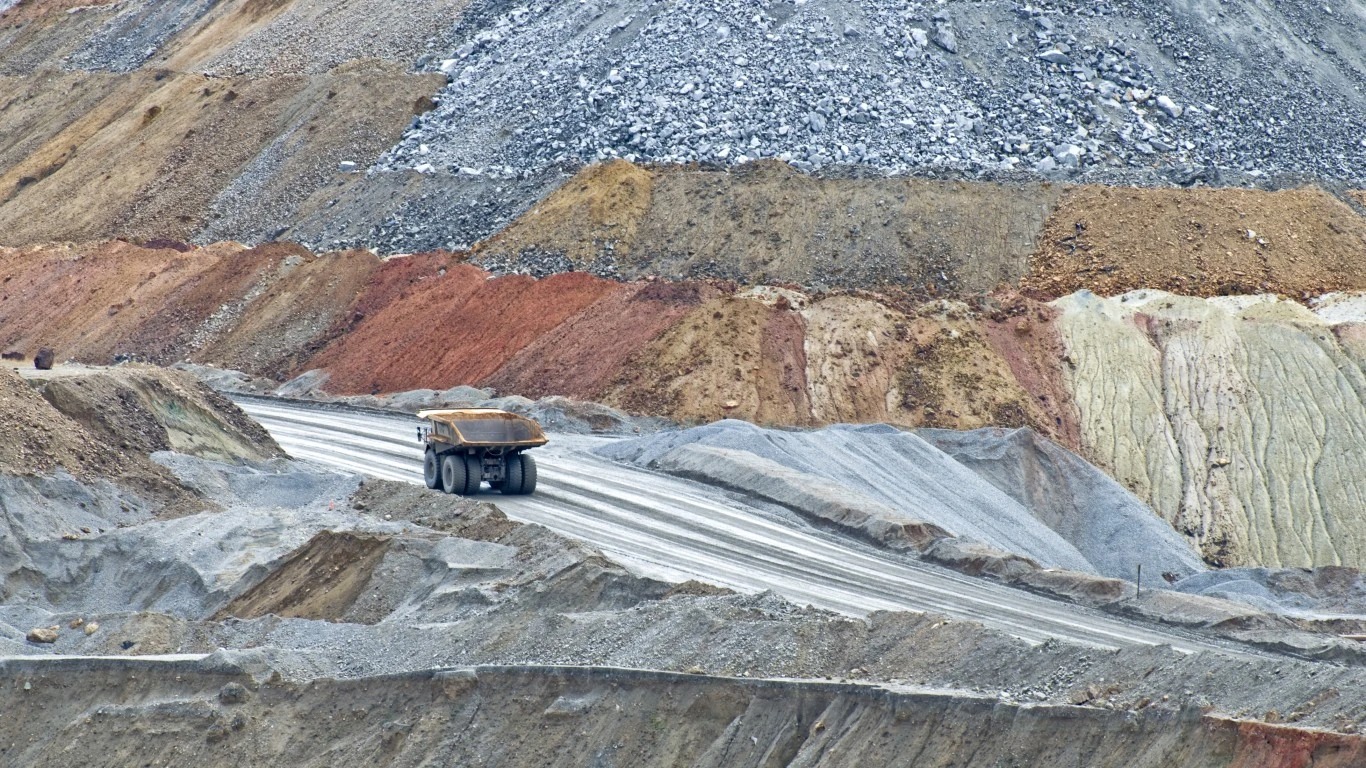
Cameco (US:CCJ, CA:CCO) issued a press release on March 27 announcing that it would receive a $300 million refund from the Canada Revenue Agency (CRA) for revised reassessments between 2007 and 2013. [All figures in Canadian dollars, unless otherwise noted.]
The timing of the refund, which includes $89 million in cash, and $211 million in letters of credit, has yet to be determined.
The uranium producer has been embroiled in a longstanding dispute with the CRA that centers on income earned by the company’s foreign subsidiary in the 2003, 2005 and 2006 tax years. The subsidiary sold non-Canadian uranium that wasn’t taxable in Canada. Court decisions confirmed this to be the case.
“In accordance with these decisions, CRA has issued reassessments reducing the proposed transfer pricing adjustment from $5.12 billion to $3.25 billion, resulting in a reduction of $1.87 billion in income taxable in Canada compared to the previous reassessments issued to Cameco for the 2007 through 2013 tax years. These revisions to income result in the refund of approximately $300 million described above,” Cameco’s press release stated.
The company remains out of pocket for $480 million — $206 million in cash and $274 million in letters of credit — which reduces its ability to fund its operations and expansion.
Big Check
The $480 million in question resulted from Canadian uranium generated by its foreign subsidiary in the tax years between 2007 and 2013. The company believes the 2003, 2005 and 2006 court rulings also apply to $3.25 billion in transfer pricing adjustments from this uranium production. As a result, it wants the $480 million returned to it, and the dispute ended. That’ll be one big check.
So, having made little progress with the CRA, it filed a notice of appeal with the Tax Court of Canada in October 2021 for the tax years 2007 through 2013.
“We are asking the Tax Court to order the complete reversal of CRA’s transfer pricing adjustments for those years and the return of the remainder of our cash and letters of credit, with costs,” Cameco’s press release stated.
“In October 2022, we filed an appeal with the Tax Court for the years 2014 and 2015, and recently filed a notice of objection for 2016. The process to resolve these disputes continues.”
Between the $480 million for the seven years in dispute and much more for the three subsequent tax years (2014-2016), the company could be in line for nearly $1 billion in refunds from the CRA, either in cash or letters of credit.
Cash Injection
Assuming it received $1 billion in refunds and 30% was cash, Cameco could be looking at a cash injection of $0.74 a share, based on its 405.5 million outstanding shares at the end of December.
In 2022, Cameco earned $0.22, considerably higher than its $0.26 loss a year earlier. Given the speed at which this entire process has moved along, it’s unlikely that the cash bonanza will happen in 2023. More likely, 2024, at the earliest.
Cameco shares increased slightly on the news, adding 2.23% on Tuesday.
Uranium Rebound
In the meantime, Cameco is riding a resurgence in uranium demand due mainly to the global move to nuclear power. In February, the company upped its production guidance to be between 29 million and 31 million pounds of uranium in 2023. It expects the peak quarters for uranium sales to be the first and fourth quarters.
While it hasn’t provided earnings guidance for this year, CEO Tim Gitzel said at the time of its outlook update that Cameco is experiencing the “best fundamentals” in its history.
In October 2022, Cameco partnered with Brookfield Renewable Partners (CA:BEP.UN, CA:BEPC) to buy the Westinghouse Electric Company for $7.88 billion, including the assumption of debt. Cameco owns 49% of the partnership. Westinghouse services approximately half of the global nuclear reactors.
A big win with the tax authority would help pay down debt used for its $2.2 billion equity investment. Investors are waiting with anticipation.
This article originally appeared on Fintel
Sponsored: Tips for Investing
A financial advisor can help you understand the advantages and disadvantages of investment properties. Finding a qualified financial advisor doesn’t have to be hard. SmartAsset’s free tool matches you with up to three financial advisors who serve your area, and you can interview your advisor matches at no cost to decide which one is right for you. If you’re ready to find an advisor who can help you achieve your financial goals, get started now.
Investing in real estate can diversify your portfolio. But expanding your horizons may add additional costs. If you’re an investor looking to minimize expenses, consider checking out online brokerages. They often offer low investment fees, helping you maximize your profit.






